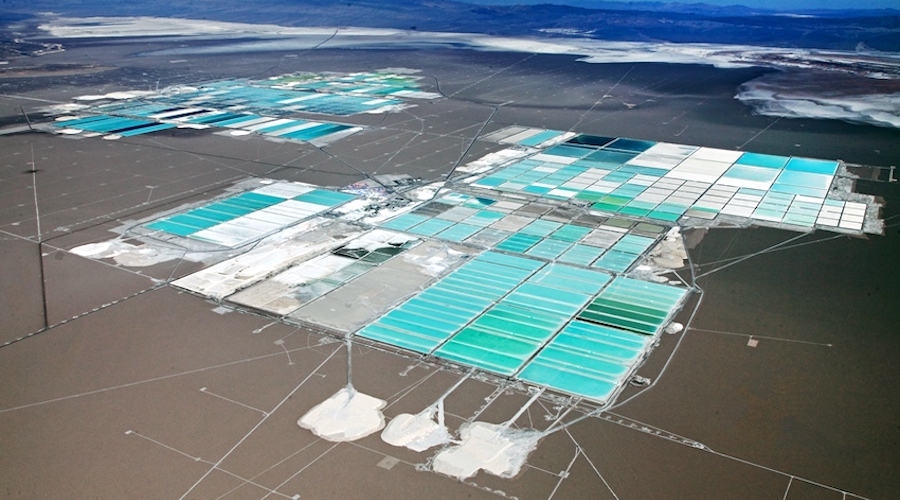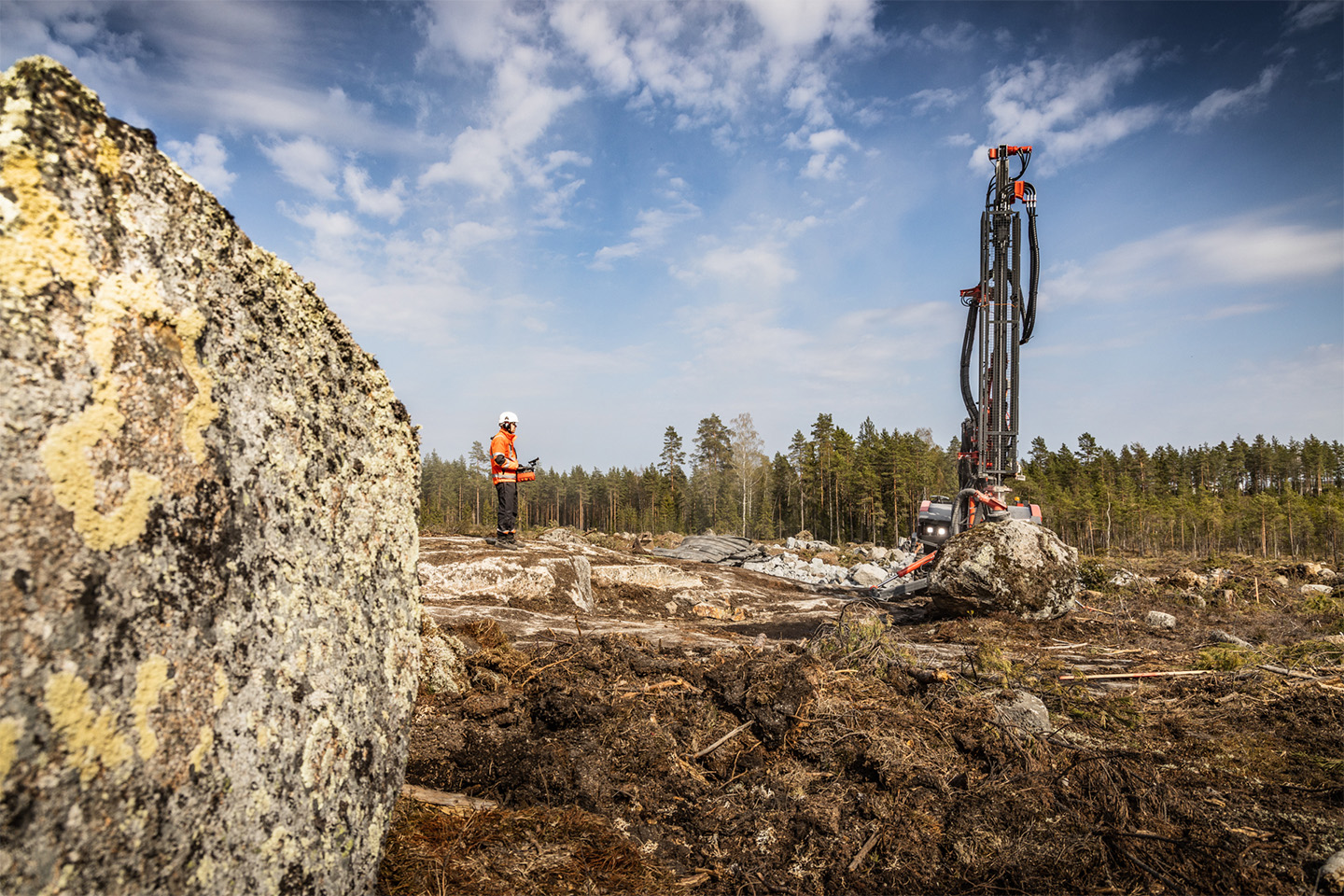SQM doubles down on lithium boom as peers go on the defensive

On the edge of Chile’s Atacama Desert, one of the world’s biggest lithium refineries is about to get a lot bigger.
Owner SQM is lining up giant tanks and vats for a new processing line, with construction set to start in earnest next year, production manager Humberto Carvajal said. The $490 million project to churn out more lithium hydroxide — a compound resembling white sugar that helps power electric-vehicle batteries — is SQM’s latest bet on a highly volatile and still immature market.
SQM is plowing ahead with expansions at its brine extraction and processing operations, even as many peers cut spending and output to cope with a supply glut that sent lithium prices plunging last year.
SQM’s unwavering approach is a double-edged sword for an industry reeling from a painful price capitulation. By expanding when buyers are still running down inventories, the strategy may help prolong the glut. But the world’s No. 2 producer is backing up its bullish demand outlook, preferring to stockpile unsold material rather than scaling back.
“We always produce at maximum levels,” Carvajal said from the Salar del Carmen plant, about 170 miles (270 kilometers) from the salt flat where SQM pumps up lithium-laced brine.
The refinery’s transformation into an 840-acre (340-hectare) mega-complex mirrors the emergence of lithium as a critical material for weaning the world off fossil fuels. The plant — like the lithium market itself — has more than tripled in size in the past several years. Further expansions will take annual capacity from about 200,000 metric tons to as much as 300,000 tons, making it the world’s biggest refinery. That level of output represents the entire lithium market of just five years ago.
The refinery expansion also reflects the development of different EV segments — from high-performance Teslas to affordable city cars — and efforts by Western nations to loosen China’s grip on battery supply chains. Much of the recent investments have been directed at boosting output of hydroxide to give SQM more flexibility in fast-changing markets.
“Hydroxide is costlier,” Carvajal said. “But it’s much better in terms of quality.”
SQM’s current extraction contracts expire in 2030. Its ability to reach 300,000 tons of production in Chile depends on a proposed deal to hand over a majority stake in its brine assets to state-owned Codelco in exchange for extending operations for three more decades. SQM’s biggest shareholders are Julio Ponce, the former son-in-law of dictator Augusto Pinochet, and China’s Tianqi Lithium Corp. The latter is seeking more information on the Codelco accord before supporting any binding deal.
Central in the talks with Codelco are efforts to reduce the environmental footprint of the brine and plant operations. About $2 billion has been earmarked to boost efficiencies — including introducing direct extraction technologies to work alongside the current evaporation method. Squeezing out more lithium from less brine also goes down well with local communities and a battery supply chain focused on environmental, social and governance issues.
Running at full tilt through a downturn is nothing new for SQM. Since cutting back in the wake of the 2007-2008 global financial crisis, the company has been operating pretty much at capacity. One reason is to make the most of state-assigned production quotas. As a major producer, there’s also a responsibility to avoid supply scarcities that undermine buyer confidence and encourage further work into alternatives to lithium batteries.
Growing its share of the market is another reason. At current prices, some of SQM’s higher-cost rivals are losing money. In the last round of earnings calls, some industry executives stressed the need for supply discipline.
“In markets as dynamic as ours, growth companies must be able to pivot and pace with disciplined decision making and focused execution,” Kent Masters, chief executive officer of top producer Albemarle Corp., said in February. In practice, for Albemarle that means cutting costs, reducing its workforce and scaling back expansion plans.
SQM is taking a more optimistic approach, planning to pump out more lithium than it will sell this year in anticipation of a rebound in demand. Right now, its stockpiles stand at three to four months of supplies, according to Carvajal.
“Having an additional inventory is going to be very good news in order to face what is expected for the year 2025 onward,” SQM CEO Ricardo Ramos said on an earnings call last month. “We have a strategy of having stocks and being ready to sell if the market needs at any time.”
(By James Attwood and Mark Burton)
{{ commodity.name }}
{{ post.title }}
{{ post.date }}


Comments